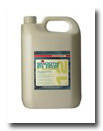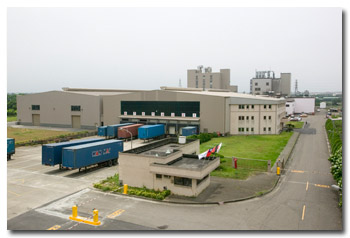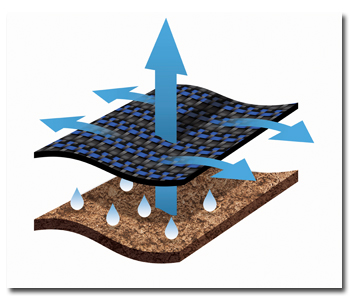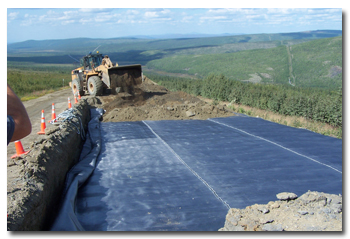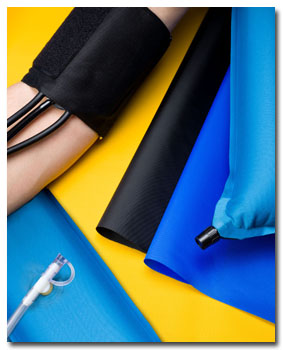The whole world, not only the textile community around the globe, knows about the strength of
China. Seemingly endless words and articles have been written about the sheer power of China as the
global production site for all kinds of goods. Mind games have been played about how and when China
should set back its often-called aggressive takeover of most of the important production sectors,
above all textile products. China’s currency, the renminbi, is another issue that plays a part in
every discussion. China is by far the biggest customer of the global textile machinery industry and
is the largest production site for ready-made apparel — exports have soared for years. The list of
other reasons why China has occupied its place in the global economy is just about endless.
Unlimited Economic Growth (?)
The last decade saw economic growth in China that was second to none, compared with other
nations, and the country also became somewhat the biggest investor in natural resources. Mainly
Western countries have pushed China to devaluate its currency, saying it is too strong. But what
are the reasons for having a strong currency? Obviously, the Chinese do a good job. And the
strength of its currency goes hand in hand with the next argument, that China is not applying the
same financial rules as its competitors.
China became the second-largest global economy within 10 years of its accession to the World
Trade Organization, among other reasons. It also turned out to be the largest exporter in the world
and the second-largest importer of goods, with a trade volume of some US$3,000 billion. However, in
the past few months, some more clouds appeared in the skies of the Middle Kingdom: exports dropped,
but energy and raw material prices jumped up.
Minimum Reserve Ratio Tuning
One instrument to control the value of the currency is the level of the minimum reserve
requirement ratio. Using this tool, the central bank of a country can boost or slow down its
economy by decreasing the liquidity. And now, something quite surprising has happened in China:
A few days ago, the Chinese Central Bank, the People’s Bank of China (PBOC), announced a
decrease of its minimum reserve requirement ratio. This was, after all, somewhat astonishing. Up to
now, China has been considered to have an unlimited export ratio. On February 24, the PBOC lowered
its minimum reserve requirement by 50 points, down to 20.5 percent for big banks, and 17.5 percent
for smaller institutions. Experts still consider these levels to be quite high. The consequences
are clear: China is moving away from stabilizing the economy and, therefore, from containing the
inflation.
In times of unlimited growth, this action was unforeseeable. It came after an agreement by
senior Communist Party of China leaders that during 2012, China should continue to enact “proactive
fiscal policies and prudent monetary policies.” One outcome, according to news reports, is that “
China shall strengthen and improve macroeconomic regulations and continue to keep a balance between
keeping economic growth, restructuring the economic pattern and managing inflation expectations.”
Boost The Market
The decrease of the minimum reserve requirement should make available some 350 billion to 400
billion renminbi (US$55.6 billion to US$63.5 billion), increasing liquidity, and should stimulate
the consumer mood. The day after the PBOC’s announcement, Jin Qi, assistant governor of the PBOC,
commented that “the pressures of a slowing growth and rising inflation exist at the same time.”
This most recent lowering of the reserve requirement on commercial lenders is the second in three
months, and the previous decrease was the first since December 2008. The bank had raised the
reserve requirement six times in 2011 in an effort to tighten liquidity and limit inflation.
Interest Rates Will Remain The Same
However, interest rates will not be cut. China’s fourth-quarter 2011 gross domestic product
(GDP) grew by 8.9 percent over year-earlier GDP — the slowest growth since the first half of 2009.
However, the January 2012 consumer price index rose 4.5 after declining growth over the previous
five months. On the other hand, after four years of increases, renminbi positions for foreign
exchange purchases declined in October, November and December 2011.
Exports Drop
In January 2012, exports and imports dropped for the first time in 24 months, and new lending
during that period was at a five-year low. The PBOC announced that “it will maintain an appropriate
lending growth and keep total financing at a ‘reasonable’ level,” according to press reports.
In addition, increases in China’s export tax rebates are expected this year at a time deemed
appropriate in an effort to strengthen the country’s exports.
Statistics released by China’s General Administration of Customs indicate that exports
totaled US$149.94 billion in January 2012, a drop of 0.5 percent from year-earlier totals and the
first decline since 2009. The country’s January exports to the European Union (EU), the largest
market for Chinese products, were down by 3.2 percent compared with January 2011 exports, as the
deepening EU debt crisis is leading to reduced demand for Chinese goods. The neighboring tigers
will follow this development with great attention.
February 28, 2012

